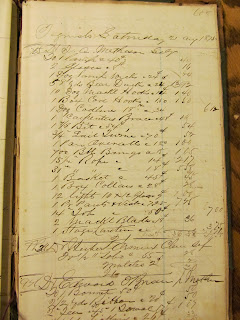Here are a few photos I took on June 28, 2012.
Above/Below: The house sat atop a south facing hill with a distant view of the beautiful Montrose River. This view faces west and Rte. 152.
The house dates approximately back to the 1870-80's and features a steep gabled dormer on the front with two square bay windows below. There was a kitchen wing to the rear.
Below: Pridham House Control Burn. cf. Facebook
"PHOTO REMOVED OUT OF RESPECT FOR FAMILY'S LOSS"














.jpg)
















